SUMMARY
This is AI generated summarization, which may have errors. For context, always refer to the full article.
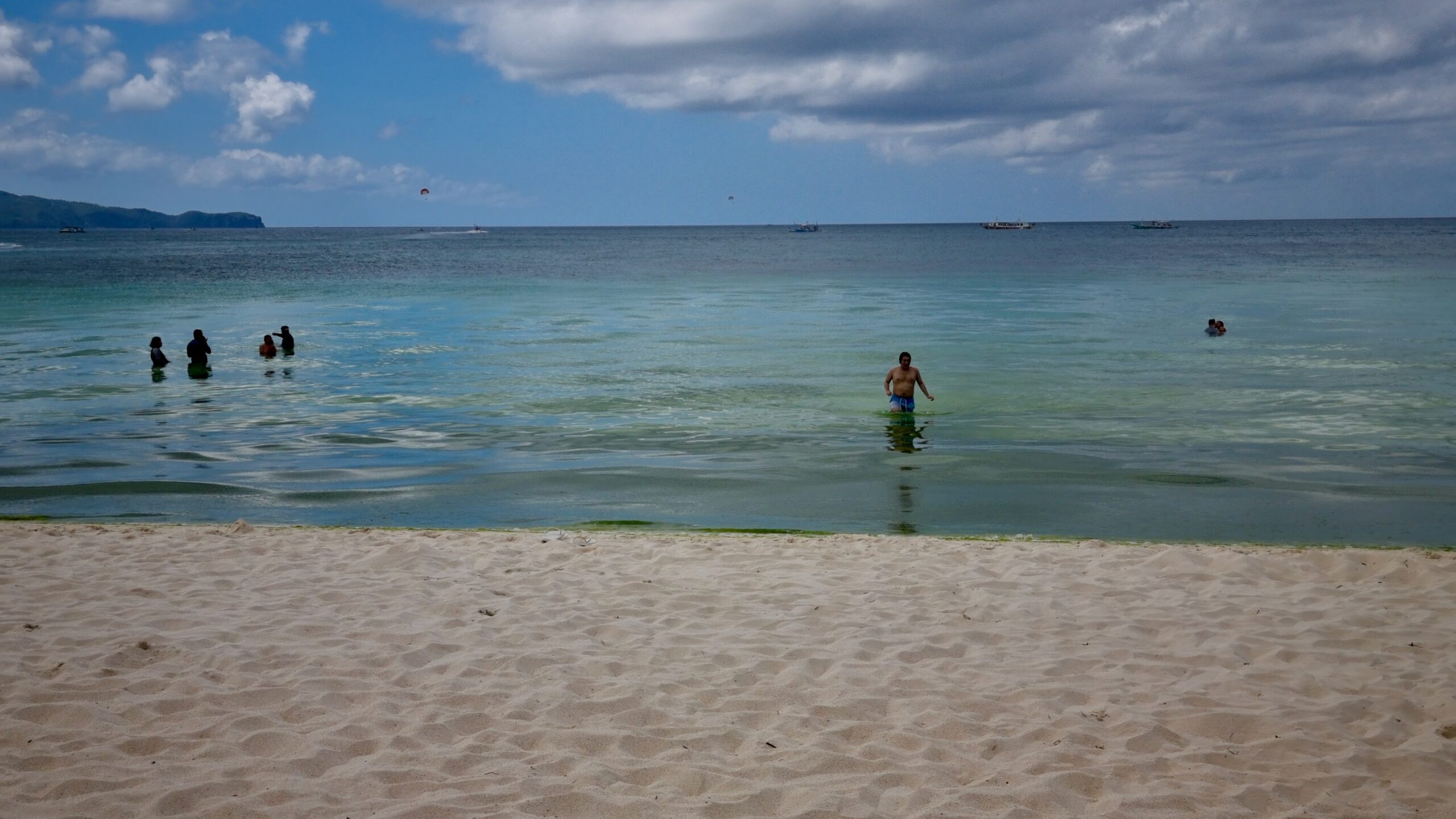
BORACAY ISLAND, Philippines – Several scientists and researchers on Wednesday, March 2, rolled out simple tips for tourists and residents to protect the environment of this world famous destination.
The scientists talked to Rappler after a tourist’s social media post – his experience in the water surrounded by green algae – went viral.
“Green algae should be taken seriously by the residents and tourists,” Raymond Sucgang, head of the Nuclear Analytical Techniques Application Section head of the Department of Science and Technology-Philippine Nuclear Research Institute (DOST-PNRI) told Rappler in an interview.
Sucgang, an Aklanon, has conducted several studies of Boracay’s environment through the years.
“To minimize algal bloom, one should avoid urinating while swimming at the beach. Also as much as possible, swim early or at night in order to avoid using sunscreens,” he said.
Urinating at the beach, sunscreen lotions, and outside showers contribute to the algal bloom in Boracay during the first quarter of every year.
“Also, all dishwashing wastes should not be poured in the ground . Boracay’s ground is karstic, meaning fractured, so these nutrients will seep into the soil and discharge as submarine groundwater or SGD” with the nutrients intact, he said in a mix of Filipino and English.
“The ulva mats (also known as the green algae) blooming in the neritic zone of Boracay is an indicator of nutrient load pollution,” Sucgang emphasized.
The algal bloom usually occurs in Boracay at the first quarter of the year, a dry period. Rainy weather decreases algal bloom.
Martin Joseph Despi, the newly-appointed general manager of the Boracay Inter Agency Rehabilitation Management Group (BIARMG), the secretariat of the Boracay Inter Agency Task Force, said Boracay is still safe for swimming.
“The presence of the algae is simply a natural phenomenon that occurs yearly during the dry season or summer period in different areas of Boracay. This is non-toxic and should not be a cause for concern. In fact, the volume of algae has naturally subsided significantly in the past two weeks,” Despi said.
“Tourists are assured that Boracay water is clean and safe for swimming and that BIARMG is steadfast in its mandate to provide accurate information to the public,” he added in a statement.
However, Dr. Rex Sadaba, biology professor at UP Visayas and biological rehabilitation expert specializing in mangroves, oil spills and marine fungi, pointed out that an overload of nutrients could be hazardous to marine life.
“There is a special medium for detection of fecal coliform for marine waters. High phosphates and nitrates are the main culprit. While I agree that they could be seasonal, the load is just abnormal due to a highly eutrophic state,” he said.
A eutrophic state indicates nutrients supporting a dense plant population where decomposition kills animal life by depriving it of oxygen.
Sabada said he has yet to pursue his in-depth study on Boracay’s algal bloom. “This is what I proposed to monitor, even just visually, during the pandemic to clearly demonstrate the link,” he added.
Despi said the BIARMG has also observed the presence of algae in Carabao Island, a remote and commercially undeveloped island near Boracay. – Rappler.com
Add a comment
How does this make you feel?
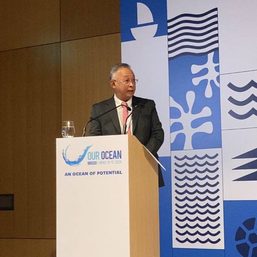
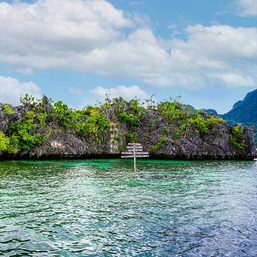

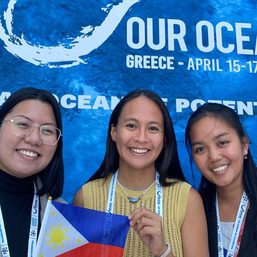
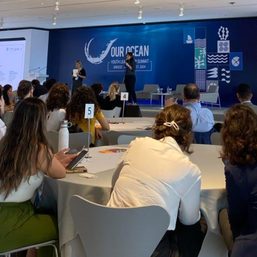
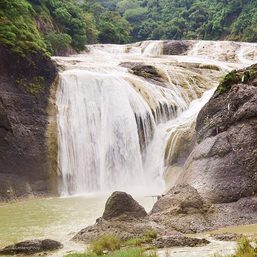
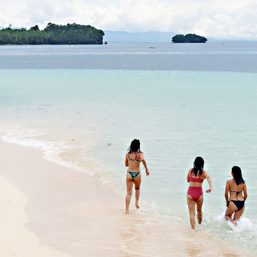
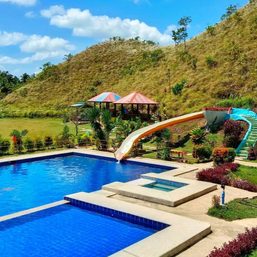
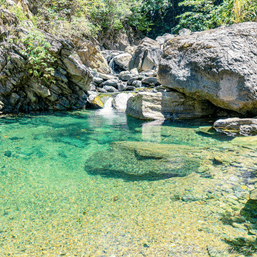
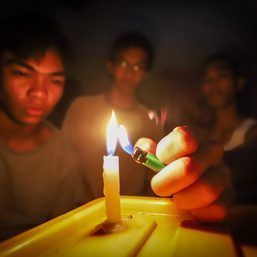

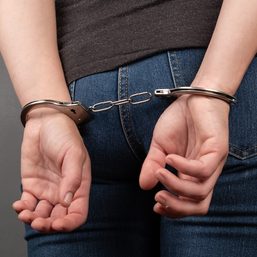

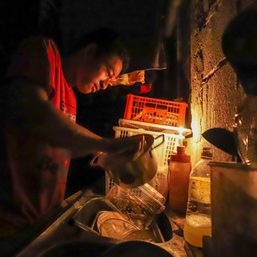
There are no comments yet. Add your comment to start the conversation.